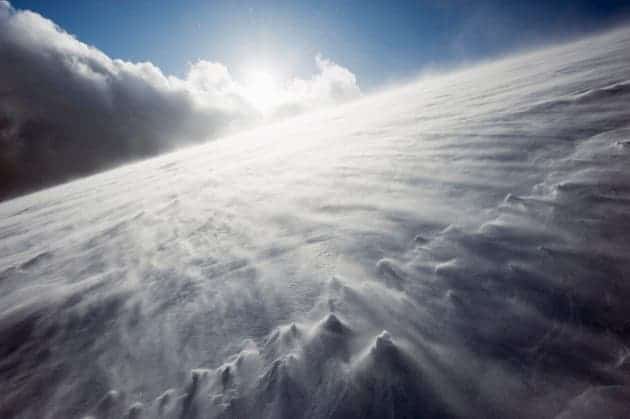The Kawasaki disease, a strange and highly dangerous disease first identified in Japan has been traced to the croplands in China.

Also called lymph node syndrome, the Kawasaki disease is an autoimmune disease largely seen in children under five years of age in which the medium-sized blood vessels throughout the body become inflamed. To oversimplify it, the body starts to attack its own blood vessels, which can have dramatic and potentially fatal consequences (even after a few years without any symptoms). Kawasaki disease can only be diagnosed clinically (i.e. by medical signs and symptoms). There exists no specific laboratory test for this condition – therefore, the condition is often times extremely difficult to diagnose.
The pathogens responsible for the disease enter through mucous membranes and work their way into the arteries – and while it has been previously suggested that the disease may be carried by wind from far away, its origins still remained unknown. Now, researchers believe they have finally pinpointed the location to the vast farmlands of northeastern China where maize (corn), rice and wheat are grown.
In order to reach this conclusion, the team analysed infection records for Japan during the epidemics of 1979, 1982, and 1986 as well as more recent seasonal outbreaks. They analyzed the wind patterns and speed for those periods, and ultimately calculated the likely incubation time for the disease — 6 hours to 2.5 days, but probably less than 24 hours.
They reached these figures after comparing the arrival time of winds from the source region in China with the timing of the first diagnosed cases during various epidemics. Initially, this was actually pretty misleading, so they also went for a different approach.
Previous data had already shown a significant correlation between Kawasaki disease and tropospheric wind patterns; winds blowing from central Asia correlate with Kawasaki disease cases in Japan, Hawaii and San Diego, but since even the cause(s) of the disease remained unknown, researchers were hesitant to draw any clear conclusions about its origin.
“The incubation time suggests we should be looking in a very different direction,” says study co-author Jane Burns, a paediatrics researcher at the University of California, San Diego
They suspected that the disease is carried by a bacteria or fungus, and they analyzed what kind of particles the winds from China were carrying. Indeed, they found a remarkably high concentration of the fungus Candida.
“I think there is evidence that [Kawasaki disease] looks like other bacterial toxin diseases,” says Samuel Dominguez, a pediatric infectious-disease specialist at the University of Colorado School of Medicine in Aurora.
So, as we demonstrated in a previous article, correlation does not imply causality – the Candida fungus may be irrelevant for the Kawasaki disease, it may have a tangential effect, it may be the partial or full cause of the disease – but so far, this is the best clue to the disease we have so far, so we’ll definitely be seeing some more research in this direction.
Scientific Reference: et al. Proc. Natl Acad. Sci. USA http://dx.doi.org/10.1073/pnas.1400380111 (2014).


